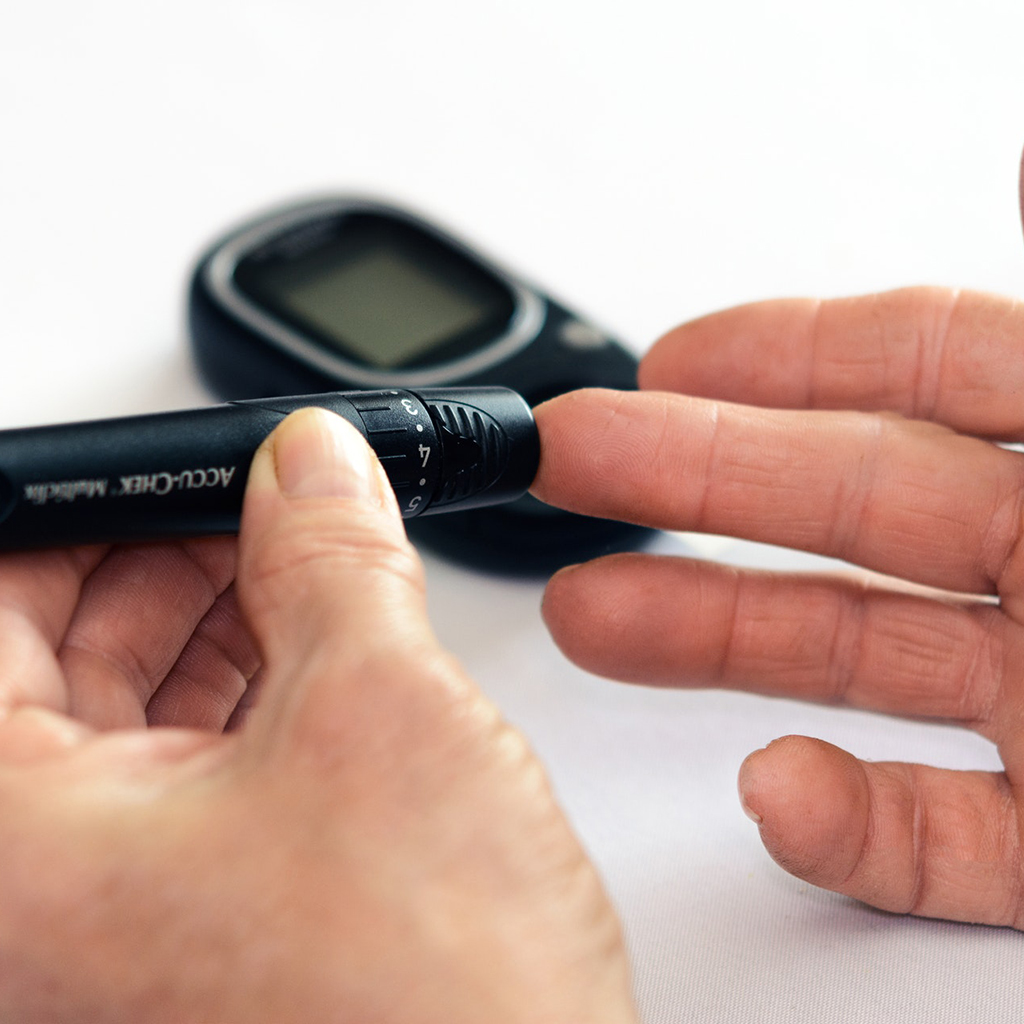The International Council of Ophthalmology ( ICO ) Course for Ophthalmic Educators mentioned an available Australian grading program for diabetic retinopathy www.drgrading.iehu.unimelb.edu.au/cera/index.asp. You do have to register which is easy and quick. This is a 1.5-hour self-directed course designed to provide training in grading diabetic retinopathy. I would recommend to all ophthalmologists and especially to those performing laser surgery for diabetic retinopathy in developed and developing countries.
Fungal Keratopathy
With fungal corneal ulcers, you must look closely at the limbus as fungus can readily spread into the sclera, unlike bacteria. Voriconazole can be injected directly into the corneal stroma. If you are doing an intracameral or intrastromal injection, you should also wash out any hypopyon. Debulking the stromal infiltrate is often important.
Global Forum ( Monday )
There is a lot happening with new efforts/commitments being made to reduce worldwide blindness, especially in the developing world. I will make some quick references/points but anyone with a keen interest should visit some of the IAPB / WHO web sites.
The IAPB “WHO Facts” on blindness and visual impairment: global facts were taken from a global data document on Visual Impairment 2010 which was published by WHO, Prevention of Blindness and Deafness ( PBD ).
-
- refractive errors
- cataracts, and
- glaucoma.
Top causes of blindness are cataracts, glaucoma, and age-related macular degeneration. Blindness secondary to diabetes is increasing. The # of people visually impaired from infectious diseases has greatly reduced in the last 20 years. See, I told you it was getting better.
Currently, the best guess ( WHO / IAPB ) is 285 million visually impaired of whom 39 million are blind ( VA worst than 3/60 or a corresponding visual field loss to less than 10 degrees in the better eye ). Poorer populations are more affected by visual impairment including blindness. This is true in the States as well as developing countries.
In May 2013 the 66th World Health Assembly unanimously approved the Global Action Plan for the Prevention of Avoidable Blindness and Visual Impairment 2014-2019 —Towards Universal Eye Health < www.who.int/blindness/actionplan>. The Global Action Plan ( GAP ) is a commitment endorsed by all WHO Member States to improve eye health for everyone ( Universal Eye Health ) over the next 5 years. GAP is now the most important strategic document in eye health. It builds upon and replaces the previous Vision 2020 < www.iapb.org/vision-2020 > and the 2009-2013 Action Plan. It represents a significant step forward towards achieving ‘ universal access ‘ to eye health. Its goal is to reduce avoidable visual impairment as a global public health problem and to secure access to rehabilitation services for the visually impaired. The purpose of the action plan is to achieve this goal by improving access to comprehensive eye care services which are integrated into other health services.
Gonioscopy Gel
To change the subject, I would like to retract my previous suggestion of using K-Y Jelly for gonioscopy/laser cases. In some patients, you can develop a superficial epithelial keratopathy with the K-Y gel. However, any thick ( viscous ) artificial tears such as Genteal Tears will work with a three-mirror lens, etc.

